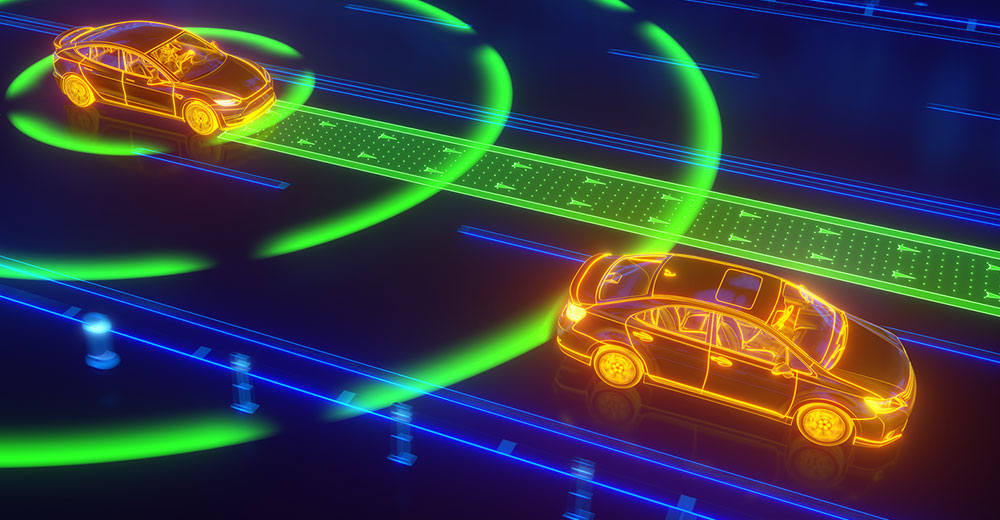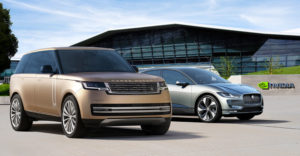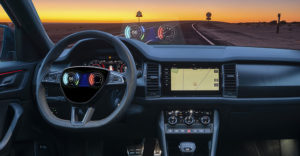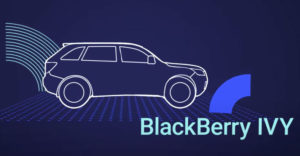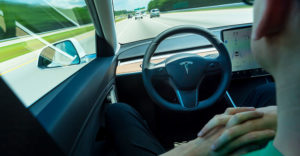Technology to reduce road deaths to zero is at hand, according to research results released Tuesday by a developer of autonomous sensing platforms.
The research report by Neural Propulsion Systems, of Pleasanton, Calif., found that sensors needed to eliminate roadway deaths need to process data at a peak rate of 100 terabits per second, or 10 times the data rate from the eyes to the brain of a human being. According to the report, humans see at just about one billionth of the required information processing rate needed to prevent accidents.
NPS revealed in its report that it was able to reach those rates in a pilot-scale, proof-of-concept test of the core sensor element required for zero roadway deaths at an airfield in Northern California in December.
The data rates in the sensor were achieved through a combination of breakthrough analytics, advanced multi-band radar, solid-state LiDAR and advanced system-on-a-chip technology, according to the report, which was written by Behrooz Rezvani, Babak Hassibi and Lawrence Burns.
“The key question for companies developing autonomous driving systems should be ‘What must be true to get to zero roadway deaths?'” NPS CTO and co-founder Hassibi said in a news release. “We have concluded that sensing and processing about 100 terabits per second is one of these necessary requirements and this is indeed possible.”
“Today, roadway accidents account for over 1.3 million fatalities and 50 million injuries per year, with half being pedestrians and cyclists,” added NPS Executive Advisor Burns. “We now have the vehicle sensing and processing technology to see well enough to enable an end [to] this epidemic.”
New Math
At the heart of the NPS sensor is a mathematical framework called Atomic Norm, developed at MIT and Caltech, and tweaked by NPS for autonomous driving. It radically changes how sensor data is processed and understood.
“Based on principles from physics and information theory, it is possible for sensors to see well enough to enable zero roadway deaths,” NPS CEO and founder Rezvani said in a statement. “This is not wishful thinking. It’s possible today.”
“We are solely focused on rolling out this historic technology that sees everything sooner, clearer and farther to provide autonomous vehicles with the stopping distance and time needed to reach zero preventable accidents,” he continued.
“Henry Ford said his goal was for every working family to own a car,” he added. “Our goal is to have nobody lose a loved one in a car crash.”
Multi-sensors that can “see” in all kinds of weather and perceive impending threats, as well as advanced AI, are critical in making a low-death future possible, observed Rob Enderle, president and principal analyst at the Enderle Group, an advisory services firm in Bend, Ore.
“Still, we’ll also need vehicle-to-vehicle and real-time cloud communications and an increase in field technical support to reach the optimal low death result,” he told TechNewsWorld.
More Than Super Sensors Needed
A key missing element in NPS’s vision for a zero death future appears to be the need to leverage infrastructure to make any autonomous vehicle scheme work, maintained Roger C. Lanctot, director for automotive connected mobility at Strategy Analytics, a global research, advisory and analytics firm.
“All indications are that fully automated vehicles without drivers will either have to operate on physical or wireless ‘rails’ or will require ample support from infrastructure-based edge computing,” he told TechNewsWorld.
In addition, he pointed out that data processing isn’t the only problem facing sensors in autonomous vehicles. “To aver that processing power, speed or quantity alone can solve the problem in connection with a profusion of sensors is to ignore the reality of the limitations of transmitting such information wired or wirelessly,” he said. “In other words, it is not solely a question of processing in combination with sensors.”
“The goal of zero fatalities is just that, a goal,” he continued. “It is the kind of goal that can only be incremented and iterated toward but never achieved.”
It’s a goal unlikely to be achieved with NSP’s super sensors. “All sensors are prone to failure in good and poor operating environments and circumstances,” Lanctot explained. “Perfection is not possible.”
Target Without Bull’s Eye
Enderle added that the technology exists now to create an autonomous vehicle. “The issue is that it has to get to critical mass as a deployed technology, and we haven’t even started down that path yet,” he noted.
He explained that the technology will need to be refined once it is in large-scale use, and there may be some bumps along the way.
“There will undoubtedly be cost-reduced implementations that will fail or vendors — think Tesla — who over-promote a sub-standard system before it is truly ready.”
Nevertheless, he predicted, “We should be able to get there by 2040.”
While zero deaths might be a nice target, it’s one without a bull’s eye. “Zero death is not achievable because you’ll still have situations like black ice, landslides, equipment failures, and human drivers in other cars misbehaving,” Enderle said.
“But,” he added, “you can reduce those deaths by over 90 percent.”
Crisis on Roadways
To speed up the introduction of autonomous vehicles into the mainstream, Rezvani recommended the federal government get involved as it did with seatbelt safety.
“Achieving zero roadway deaths is necessary for universal adoption of autonomous driving and is the objective of the recently released U.S. National Roadway Safety Strategy,” he told TechNewsWorld.
“We must have a common understanding of what is possible and have the will to get it done,” he added.
The Strategy, published in January by the U.S. Department of Transportation, asserts that the nation is facing a crisis on its roadways. “Almost 95 percent of our nation’s transportation deaths occur on America’s streets, roads, and highways, and they are on the rise,” it noted.
“Americans deserve to travel safely in their communities,” it declared. “Humans make mistakes, and as good stewards of the transportation system, we should have in place the safeguards to prevent those mistakes from being fatal. Zero is the only acceptable number of deaths and serious injuries on our roadways.”
According to the NPS report, zero is totally doable. “Based on principles from physics and information theory, we conclude it is possible for sensors to see well enough to enable zero roadway deaths,” it noted. “And, based on demonstrated prototype testing of NPS’s sensing and processing platform, we conclude commercially viable and scalable technology exists to do this, and it is realistic to build such a system.”
The research report by NPS is available to download here.

